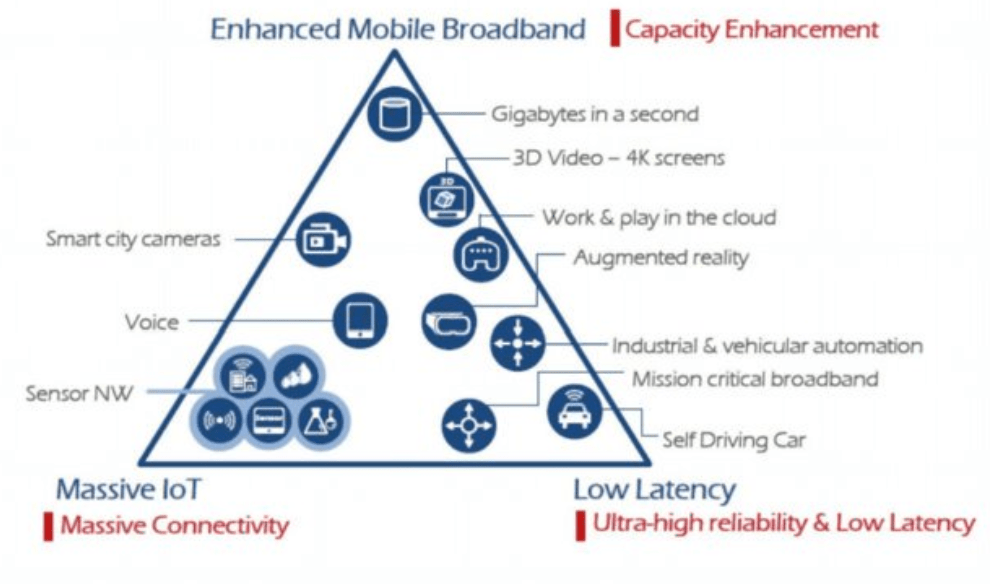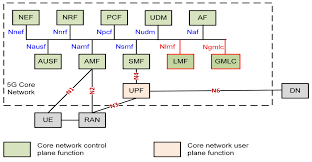URLLC in 5G NR: Low Latency, Reliability, and Air Interface Enhancements
telcomatraining.com – In the evolving landscape of telecommunications, URLLC (Ultra-Reliable Low Latency Communication) stands as one of the most significant innovations in the realm of 5G New Radio (5G NR). This groundbreaking technology is specifically designed to cater to the increasing demand for ultra-reliable, low-latency communication across various sectors, including healthcare, autonomous vehicles, industrial automation, and more. In this article, we will explore the core principles behind URLLC in 5G NR, highlighting the enhancements in low latency, reliability, and air interface that make it a game-changer for future technologies.
What is URLLC in 5G NR?
Ultra-Reliable Low Latency Communication (URLLC) is a communication framework within the 5G NR standard that prioritizes ultra-low latency and exceptional reliability. URLLC is particularly essential for applications where delays or communication failures can result in critical issues. For example, in autonomous vehicles, a slight delay in communication can lead to accidents. Similarly, in healthcare, remote surgery requires instantaneous data transfer with no margin for error. URLLC enables these use cases by providing latency as low as 1 millisecond and reliability of 99.9999%.
Key Features of URLLC in 5G NR
1. Low Latency
One of the primary advantages of URLLC is its ability to provide ultra-low latency. Traditional networks suffer from delays in signal processing and data transfer, which are not acceptable for applications such as industrial automation or remote medical procedures. With 5G NR, latency is significantly reduced to ensure near-instantaneous communication. This low latency allows real-time interactions between devices, which is essential for critical applications.
2. High Reliability
URLLC ensures communication reliability by minimizing packet loss and guaranteeing data delivery. This is crucial for scenarios like remote surgery, where the failure of a communication link could have disastrous consequences. To achieve high reliability, 5G NR uses advanced techniques such as redundancy, error correction, and scheduling mechanisms to enhance the stability of the network, even under challenging conditions like high traffic or interference.
3. Enhanced Air Interface
5G NR introduces substantial improvements in the air interface to support the demanding requirements of URLLC. The air interface refers to the communication medium between the mobile device and the base station. In URLLC, these air interface enhancements enable faster data rates, reduced signal interference, and improved spectrum efficiency. Technologies such as massive MIMO (Multiple Input, Multiple Output) and beamforming help optimize signal coverage and capacity, providing a robust connection even in dense urban environments.
4. Advanced Scheduling and Resource Management
The ability to efficiently manage network resources is crucial for maintaining the low latency and high reliability that URLLC demands. 5G NR employs advanced scheduling algorithms to allocate resources dynamically based on the needs of the application. This ensures that critical communications are prioritized, and sufficient bandwidth is allocated for time-sensitive data transmissions.
URLLC Use Cases in 5G NR
The capabilities of URLLC are expected to revolutionize several industries, opening the door to innovations that were previously unimaginable with older network generations. Some key use cases include:
- Autonomous Vehicles: URLLC enables real-time communication between vehicles and infrastructure, supporting safe navigation and collision avoidance in autonomous driving systems.
- Industrial Automation: Factories and warehouses can rely on URLLC to control machinery remotely with near-zero latency, improving efficiency and reducing human error.
- Remote Surgery: Surgeons can perform procedures on patients located anywhere in the world, using robotic tools that require real-time feedback and high reliability.
- Public Safety: Emergency services can use URLLC to communicate seamlessly in critical situations, ensuring that first responders receive real-time updates without delay.
Conclusion
URLLC in 5G NR is a monumental advancement in wireless communication technology, enabling ultra-reliable, low-latency communication that supports a wide range of critical applications. The integration of enhanced air interface technologies, advanced scheduling algorithms, and resource management ensures that URLLC can meet the demanding requirements of sectors like healthcare, autonomous vehicles, and industrial automation. As 5G networks continue to roll out globally, the impact of URLLC will undoubtedly reshape how industries operate, making previously impossible use cases a reality.







